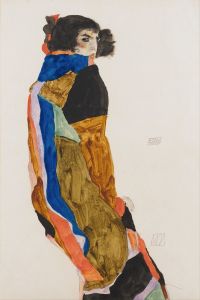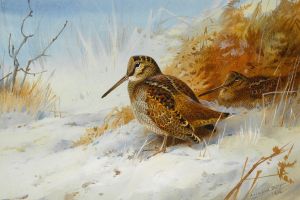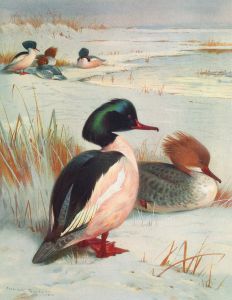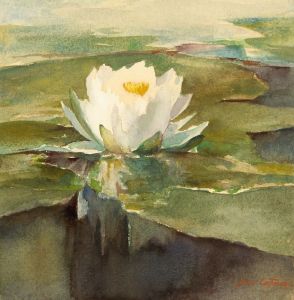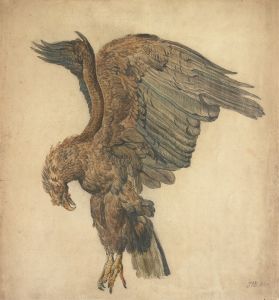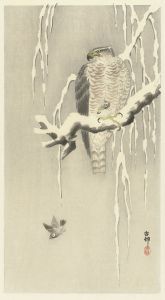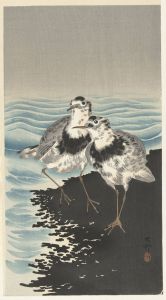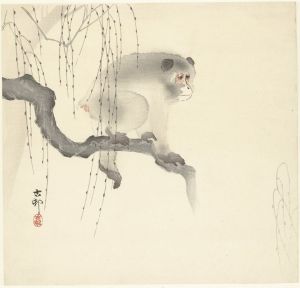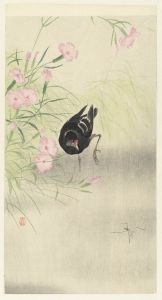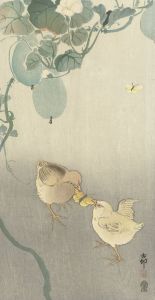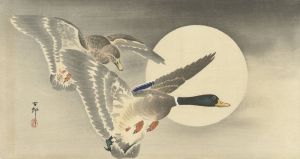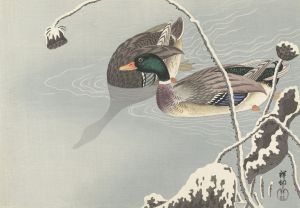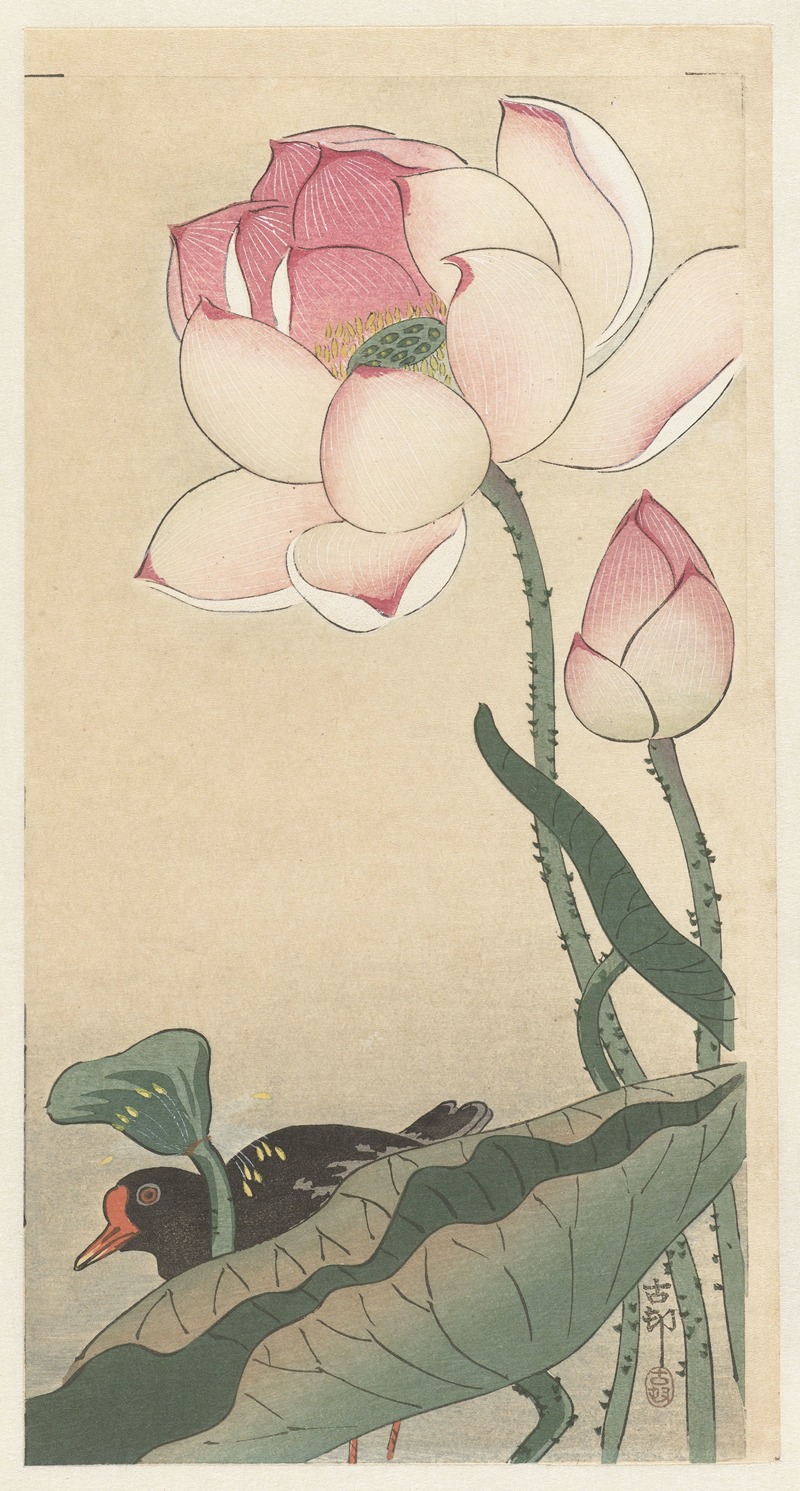
Gallinule with Lotus Flowers
A hand-painted replica of Ohara Koson’s masterpiece Gallinule with Lotus Flowers, meticulously crafted by professional artists to capture the true essence of the original. Each piece is created with museum-quality canvas and rare mineral pigments, carefully painted by experienced artists with delicate brushstrokes and rich, layered colors to perfectly recreate the texture of the original artwork. Unlike machine-printed reproductions, this hand-painted version brings the painting to life, infused with the artist’s emotions and skill in every stroke. Whether for personal collection or home decoration, it instantly elevates the artistic atmosphere of any space.
Ohara Koson was a prominent Japanese artist known for his exquisite woodblock prints, particularly those depicting birds and flowers, a genre known as kachō-e. One of his notable works is "Gallinule with Lotus Flowers," which exemplifies his mastery in capturing the delicate beauty of nature through the traditional Japanese woodblock printing technique.
Koson was born in 1877 in Kanazawa, Japan, and he became a key figure in the shin-hanga movement, which sought to revitalize traditional ukiyo-e art with a modern sensibility. His work gained popularity both in Japan and internationally, particularly in the United States and Europe, during the early 20th century. Koson's prints are characterized by their attention to detail, vibrant colors, and the ability to convey the serene beauty of the natural world.
The "Gallinule with Lotus Flowers" print features a gallinule, a type of water bird known for its striking plumage and distinctive appearance, amidst a backdrop of lotus flowers. The composition is a harmonious blend of the bird's elegant form and the graceful lines of the lotus plants. Koson's use of color and line work is meticulous, capturing the subtle interplay of light and shadow that brings the scene to life.
In this work, Koson employs a limited color palette, which is typical of his style, to emphasize the contrast between the gallinule's feathers and the soft hues of the lotus flowers. The print reflects the influence of both traditional Japanese aesthetics and the Western art techniques that were becoming more prevalent in Japan during his time. This fusion of styles is a hallmark of the shin-hanga movement, which sought to appeal to both Japanese and Western audiences.
Koson's ability to depict birds with such lifelike precision is attributed to his keen observation of nature and his dedication to the craft of woodblock printing. His prints often feature birds in natural settings, capturing moments of tranquility and grace. The "Gallinule with Lotus Flowers" is no exception, as it conveys a sense of peace and harmony, inviting the viewer to appreciate the simple yet profound beauty of the natural world.
Throughout his career, Koson produced hundreds of prints, many of which are highly sought after by collectors today. His work continues to be celebrated for its artistic merit and its contribution to the preservation and evolution of traditional Japanese art forms. The "Gallinule with Lotus Flowers" remains a testament to Koson's skill and his ability to capture the essence of nature in his art.
Koson's legacy is preserved in numerous collections and exhibitions worldwide, where his prints are admired for their technical excellence and aesthetic appeal. His work not only reflects the beauty of the natural world but also serves as a bridge between traditional Japanese art and the modern influences that shaped the early 20th century art scene.





